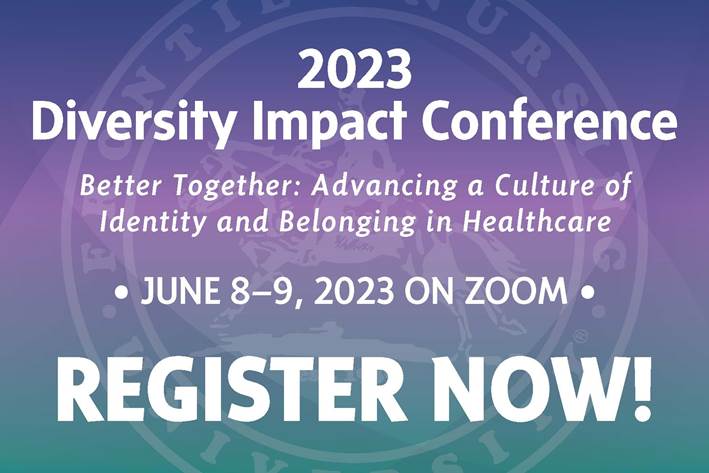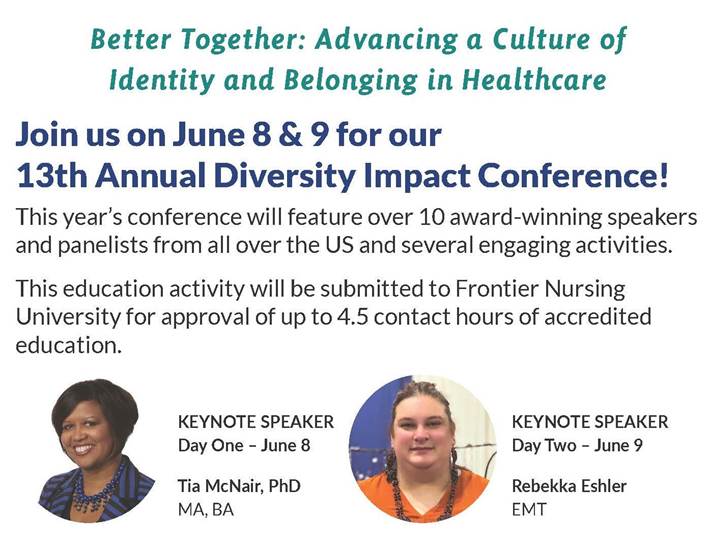The U.S. Equal Employment Opportunity Commission (EEOC) has unveiled its groundbreaking Strategic Enforcement Plan (SEP) for Fiscal Years 2024 – 2028. With a laser focus on eradicating unlawful employment discrimination, the SEP sets forth the EEOC's top priorities, aiming to create a future where every workplace is fair, inclusive, and offers equal opportunities for all individuals.
The main objective of the EEOC's Strategic Enforcement Plan (SEP) is to effectively concentrate and synchronize the agency's efforts throughout multiple fiscal years (FY) in order to make a lasting and influential contribution toward the advancement of equal employment opportunities.
“Through the SEP’s effective implementation, the agency will continue to advance equality and justice for all in workplaces across this nation, even as significant challenges remain,” said EEOC Chair Charlotte A. Burrows. “We are grateful to the public—especially to those who participated in our listening sessions in Buffalo, New York, Washington, D.C., and virtually, for their engagement and investment in the development of the SEP. This plan will help guide the agency’s work for years to come.”
In implementing the SEP, the Commission can – and will – do more to combat employment discrimination, promote inclusive workplaces, and respond to the national call for racial and economic justice. Among other changes, this SEP:
- Expands the vulnerable and underserved worker priority to include additional categories of workers who may be unaware of their rights under equal employment opportunity laws, may be reluctant or unable to exercise their legally protected rights, or have historically been underserved by federal employment discrimination protections—such as people with intellectual and developmental disabilities; workers facing mental health related disabilities; individuals with arrest or conviction records; LGBTQI+ individuals; temporary workers; older workers; individuals employed in low-wage jobs, including teenage workers; and persons with limited literacy or English proficiency;
- Refines the recruitment and hiring priority to include addressing policies and practices that limit access to on-the-job training, pre-apprenticeship or apprenticeship programs, temp-to-hire positions, internships, or other job training or advancement opportunities based on protected status;
- Recognizes employers’ increasing use of technology including artificial intelligence or machine learning, to target job advertisements, recruit applicants, and make or assist in hiring and other employment decisions, practices, or policies;
- Updates the emerging and developing issues priority to include protecting workers affected by pregnancy, childbirth, or related medical conditions, including under the Pregnant Workers Fairness Act; employment discrimination associated with the long-term effects of the COVID-19 pandemic, including Long COVID; and technology-related employment discrimination; and
- Preserves access to the legal system by focusing on overly broad waivers, releases, non-disclosure agreements, or non-disparagement agreements.
With the SEP as its guiding compass, the EEOC will navigate through all aspects of its work, from reaching out to the public and providing educational resources to offering technical assistance, enforcing regulations, and even engaging in legal battles. By effectively implementing this plan, the agency will continue to propel the nation's workplaces towards the fundamental principles of equality and justice for all.


 Versailles, Ky. – On June 8-9, 2023, Frontier Nursing University (FNU) will hold its
Versailles, Ky. – On June 8-9, 2023, Frontier Nursing University (FNU) will hold its 

 Diversity, Equity, and Inclusion (DEI) in the workplace is beneficial for employers, staff, and patients. More hospitals and health systems are recognizing the importance and are rolling out new DEI programs.
Diversity, Equity, and Inclusion (DEI) in the workplace is beneficial for employers, staff, and patients. More hospitals and health systems are recognizing the importance and are rolling out new DEI programs. 

